Trends in U.S. Higher Education: Costs and Benefits
Last updated: January 24, 2022
This visualization shows how the relationship between education and labor markets has evolved over the past three decades. The education labor force data in the visualization is based on the population of persons 25 or older.
The college educated share of population has steadily increased since 1992. The share of population with a Bachelor’s degree or higher increased from 22% in 1992 to 37% in 2020.
The college educated enjoy significant labor market advantages over the non-college educated. Throughout the 1992-2020 period, the unemployment rates for persons with a Bachelor’s degree or higher were consistently about half as large as for those with only a high school diploma. The average unemployment rates for the two groups (Bachelor’s degree or higher and high school diploma only) were 4.8% and 9.0% in 2020, 2.1% and 3.7% in 2019, and 3.2% and 6.8% in 1992. Throughout the 1992-2020 period, college educated workers earned significantly higher incomes than the non-college educated. The earnings premium of workers with a Bachelor’s degree or higher over those with only a high school diploma rose from 73% in 1992 to 82% in 2020 (83% in 2019).
The college educated also have significantly higher labor force participation than the non-college educated, although there has been an overall downward trend in labor force participation over the 1992-2020 period for all groups other than those without a high school diploma. Between 1992 and 2020, labor force participation declined from 81.3% to 72.4% (11.0% decline) for persons with a Bachelor’s degree or higher, declined from 66.4% to 55.9% (15.7% decline) for persons with a Bachelor’s degree or higher, and increased from 41.2% to 44.9% (8.9% increase) for persons without a high school diploma.
However, the benefits of college education come at a high cost. College costs have increased rapidly over the past few decades. Between 1980 and 2020, the average cost of a private non-profit four year college is up 190% after adjusting for inflation. Over the same period, the average cost of a public four year college is up 178% after adjusting for inflation. The increase in the number of people attending college and the rising costs of college have push student debt to new highs. The current outstanding student debt is more than $1.75 trillion.
Despite the large increase in the size of the college educated work force over the past thirty years, there does not appear to be a significant increase in labor productivity growth in the U.S. economy. On the contrary, the rates of labor productivity growth for manufacturing and non-farm business have declined since 2003. The relevant question for policymakers is whether the high costs of higher education can be justified based on the economic benefits.
Data Sources
The data sources for student debt are educationdata.org and the St. Louis Fed. The data source for college costs is the College Board. The data sources for labor productivity and labor outcomes by education are the St. Louis Fed and BLS.
